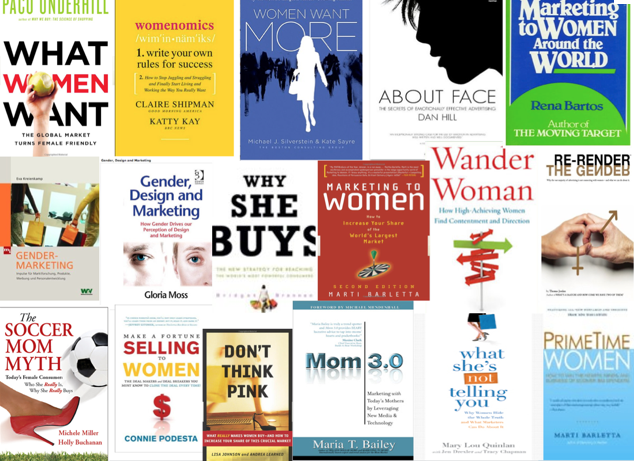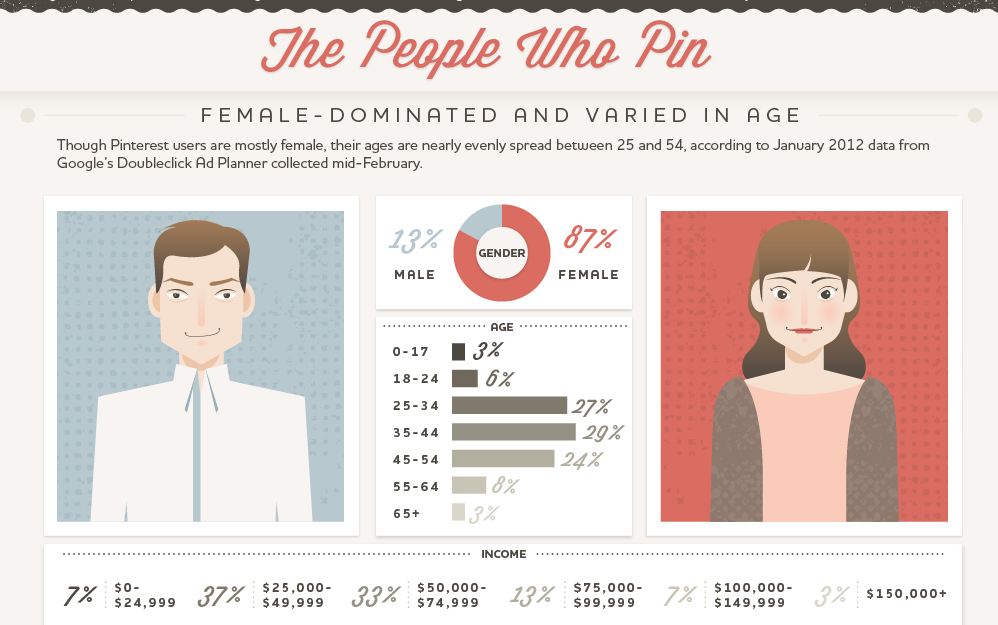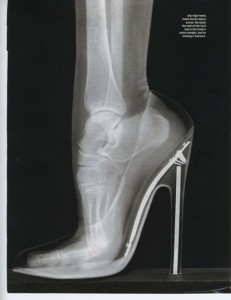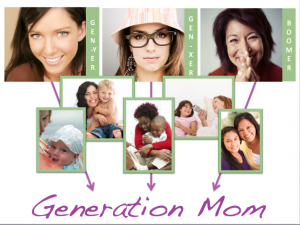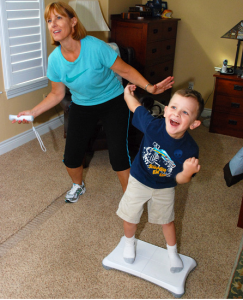A Food Marketing Fact: Women Don’t Need Specialized Products

Food Marketers: Women Don’t Need Special Chocolate Bars
A recent article in BusinessWeek noted that Cadbury has created its own chocolate bar for women. Though packaged in Cadbury’s corporate purple instead of pink, the bar is “lady” because the chocolate and wafer bar is, according to them, “a lighter way to eat chocolate, and the resealable package allows women to consume just a bit at a time.” Crispello is clearly marketed at the weight-conscious, which I believe they are suggesting is an exclusively female domain. And while I love the concept of the resealable package, I don’t want anyone telling me how to eat my chocolate. Or worse, assuming they know better than me how I should eat my chocolate. Identifying this as a “woman’s product” brings us all back to those tired gender stereotypes.
The picture that this type of marketing paints is that women are incapable of doing much, including eating, without help from some friendly corporations. The truth is, we’re actually doing better than OK. Most of us can decide how to eat our chocolate without any help or pre-determined portion control. And while I love marketers that recognize women for the intelligent people they are, this is not the way I like to be reminded that I’m a woman.

